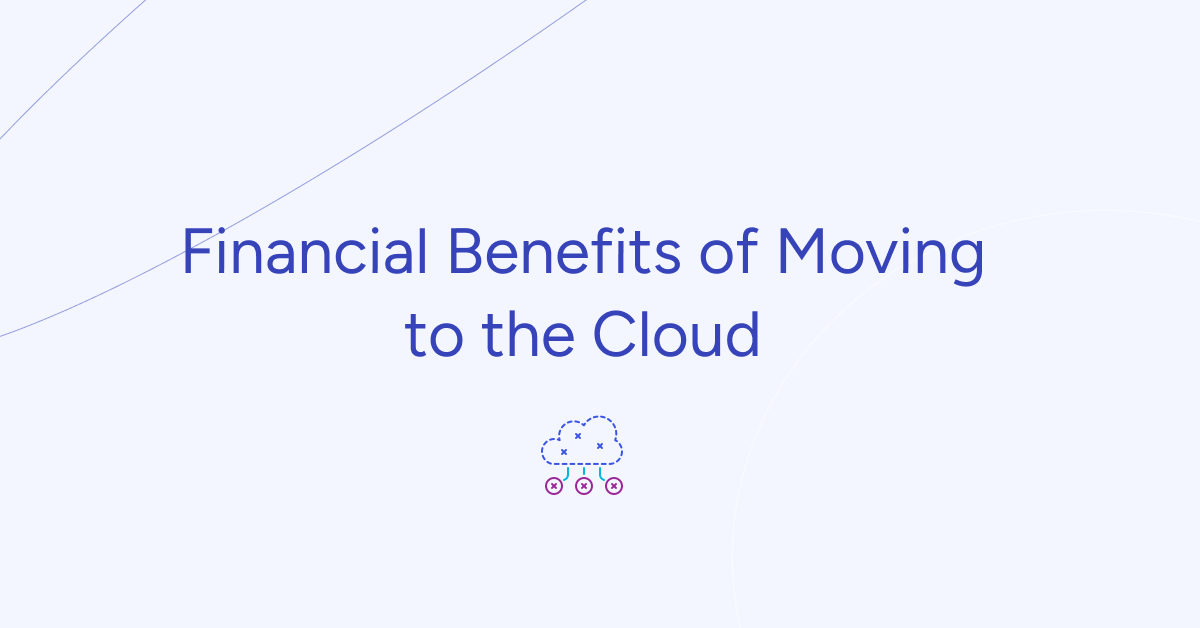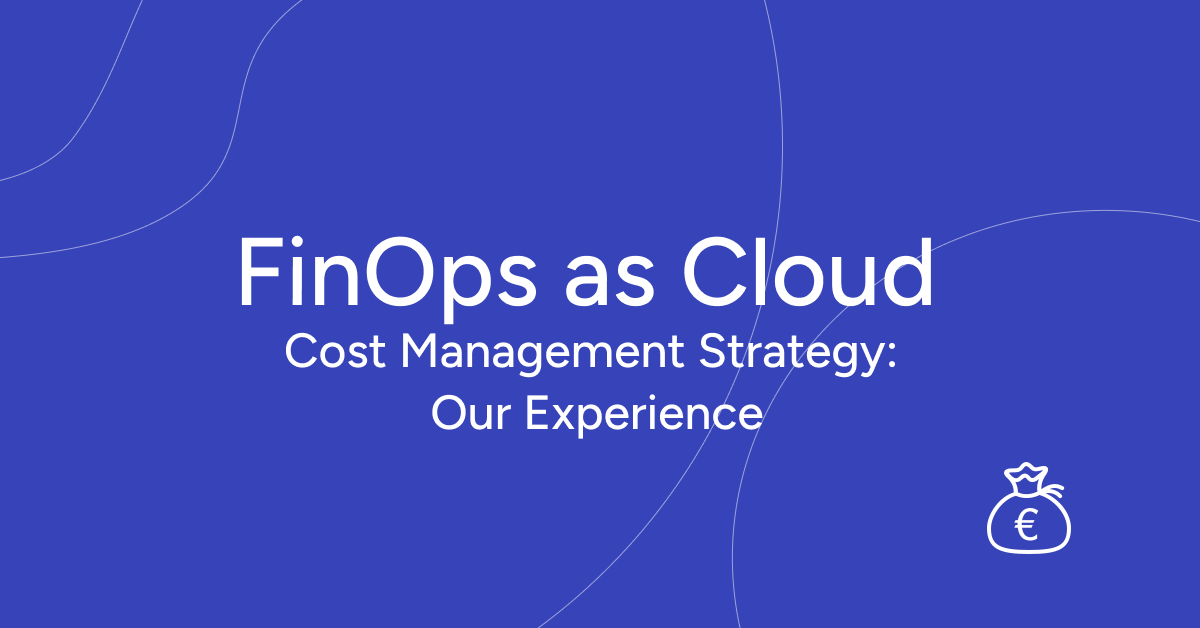In recent years, DevOps has become more popular as many companies adopt its practices. The growth is also influenced by advancements in cloud computing, Artificial Intelligence, and Machine Learning. These, along with a heightened focus on security and automation, have significantly impacted the evolving mindset.
Initially, DevOps aimed to unify operations with agile and automation methods used by development teams. This led to more efficient and continuous software releases.
How has DevOps changed? It’s gaining acceptance across various industries, with professionals recognizing its value at organizational and cultural levels.
This acceptance is due to the adoption of different DevOps trends and tools:
- Cloud Computing simplifies DevOps strategy, improving software development through scalability and automation.
- Kubernetes enhances app portability and flexibility.
- Artificial Intelligence and Machine Learning prioritize automation and optimization in DevOps practices.
- DevSecOps integrates security into every development step, promoting a shift-left approach.
With technology’s help, DevOps has become a robust methodology, beneficial when correctly applied to any organization.
Embracing AI in DevOps
Artificial Intelligence (AI) is set to revolutionize the DevOps landscape. From infusing AI into configuration management to leveraging it for in-depth analysis and cost optimization, the role of AI in streamlining DevOps processes is undeniable.
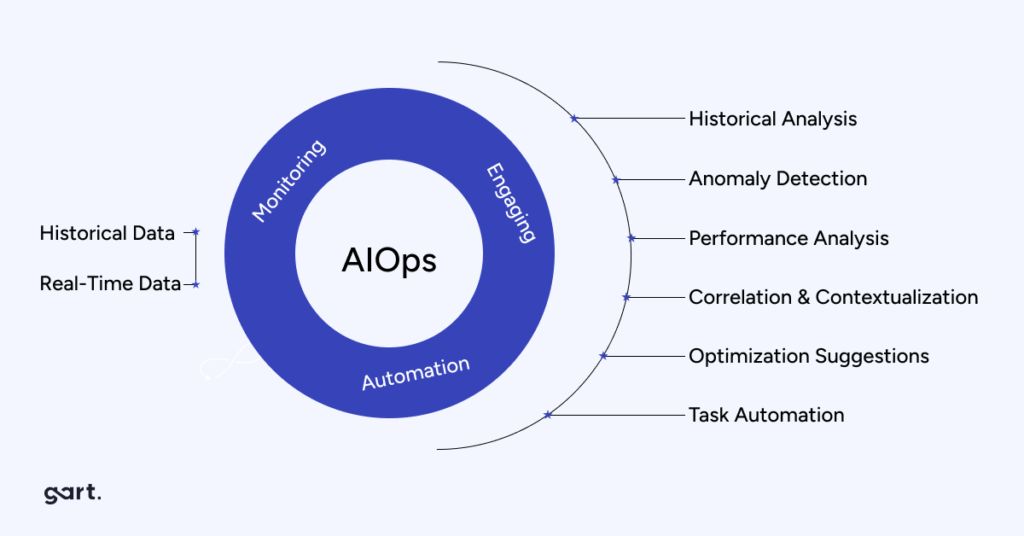
Challenge: Adapting to AI-driven methodologies requires upskilling and a mindset shift. Teams need to embrace automation without losing the human touch.
AIOps doesn’t just cut costs; it boosts revenue, improves customer satisfaction, safeguards brand reputation, and directly and indirectly influences business performance and the bottom line.
AIOps Potential in IT Operations
- AIOps frameworks offer predefined metrics, procedures, policies, and process templates.
- AIOps collects data from all network systems, monitoring business process execution.
- AIOps maintains a live overview of a company’s entire infrastructure, including physical servers, workstations, multi-cloud environments, data repositories, applications, and services.
- AIOps frameworks ensure strict adherence to Service Level Agreements (SLAs) for both internal and external users.
- AIOps frameworks enhance IT operations, ensuring high service availability.
- As AIOps adoption isn’t universal, organizations implementing these systems gain a competitive advantage. Users appreciate the rapid response of applications and services, a natural outcome of AIOps implementation.
MLOps Evolution
MLOps, the intersection of machine learning and operations, is evolving rapidly. The emergence of the MLOps Engineer role signals a new era in managing machine learning models seamlessly. Integrating development, testing, and deployment in the realm of machine learning becomes a focal point.
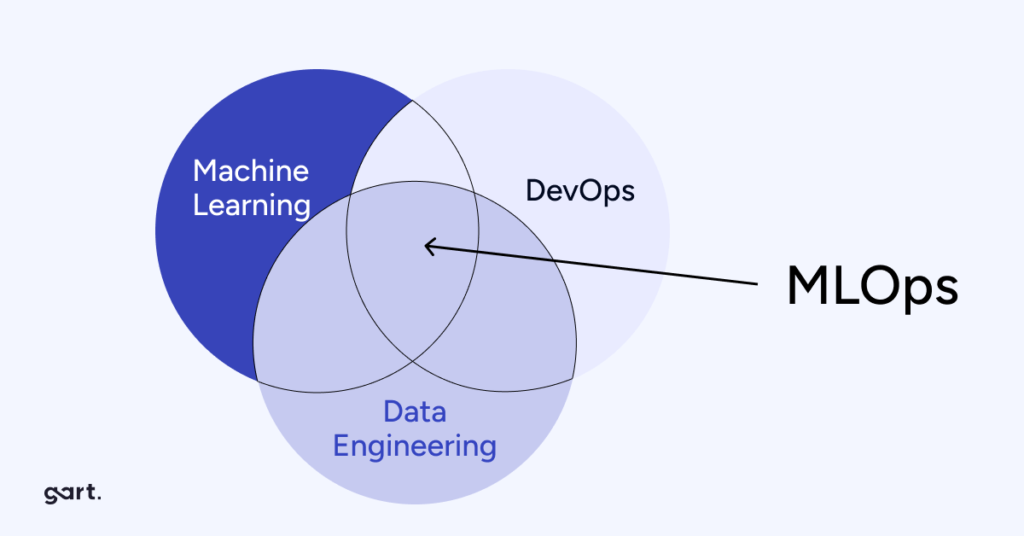
Challenge: Harmonizing traditional DevOps practices with MLOps requires synchronization and alignment of processes.
Serverless Computing on the Rise
Say hello to the serverless revolution! The popularity of serverless architecture is soaring as it becomes a catalyst for faster development and simplified infrastructure. Expect a paradigm shift in application building and deployment strategies.
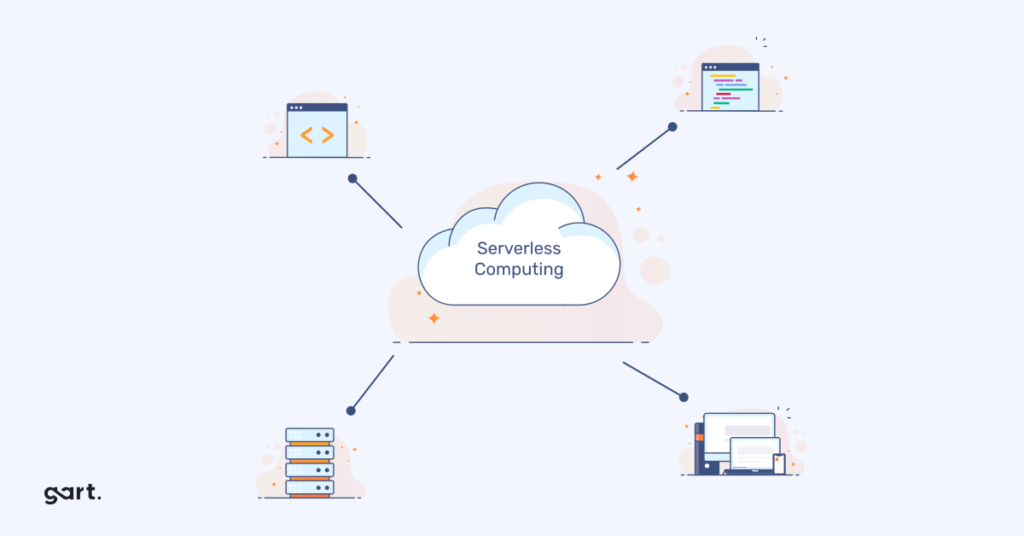
Challenge: Navigating the nuances of serverless architecture demands a shift in mindset and a reevaluation of application design.
Roles and Responsibilities Redefined
The DevOps team structure is getting a makeover. Roles are becoming more distinct, with a clear definition of responsibilities. Specialized approaches like Site Reliability Engineering (SRE) are gaining traction, ensuring a more efficient and specialized workforce.
Challenge: Adapting to specialized roles requires a balance between expertise and cross-functional collaboration.
FinOps Takes Center Stage
Financial Operations (FinOps) is emerging as a key player in DevOps. Automated tools for optimizing costs on cloud resources are becoming indispensable. FinOps teams play an increasingly vital role in ensuring efficient cost management.
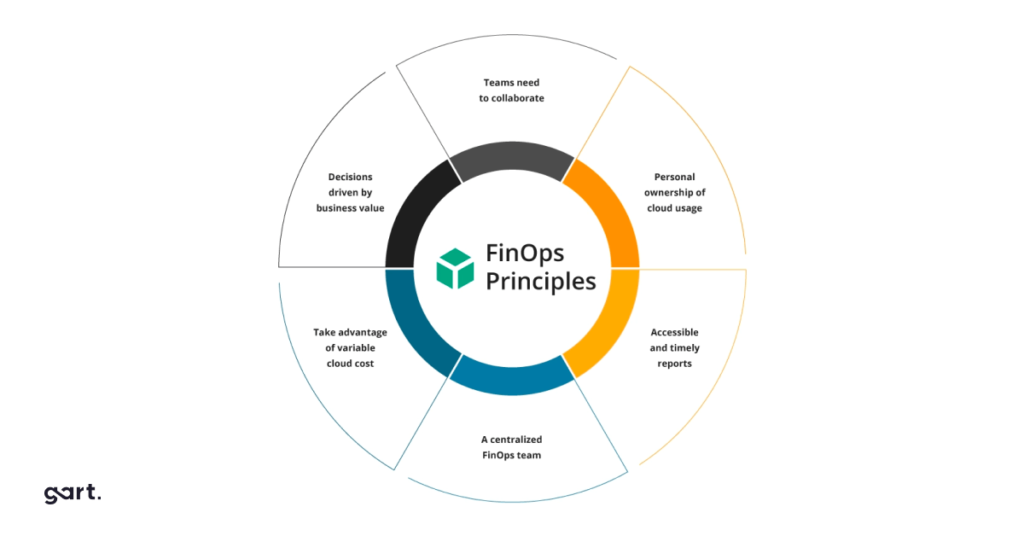
Challenge: Integrating FinOps seamlessly into DevOps workflows requires a strategic and collaborative approach.
2024 promises to be a year of innovation and transformation in the DevOps sphere. Embracing these trends while tackling associated challenges will be the key to staying ahead in the ever-evolving tech landscape. Are you ready for the DevOps revolution?
Reducing Footprint
A new trend takes the spotlight – the quest to reduce the environmental footprint. DevOps is increasingly focusing on eco-friendly practices, emphasizing efficiency in resource usage and minimizing waste.
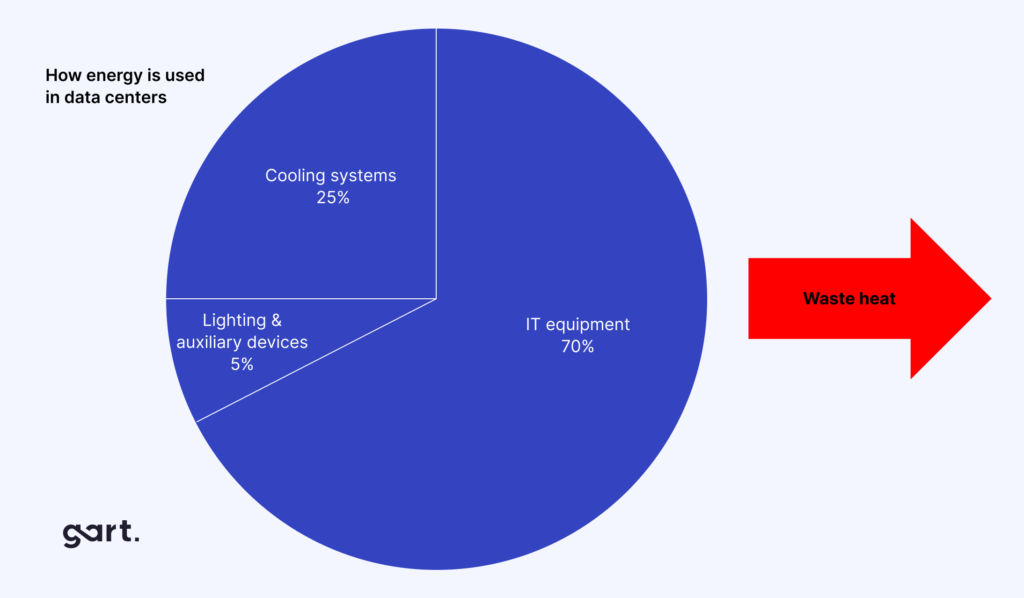
Challenge: Balancing rapid development with sustainable practices requires a holistic approach and a commitment to eco-conscious decision-making.
Evolving Towards NoOps
A noteworthy trend emerging in DevOps is the transition towards NoOps. NoOps, short for “No Operations,” envisions a state where operations are automated to an extent that manual intervention becomes minimal. The goal is to streamline processes to such an extent that routine operational tasks are handled seamlessly without dedicated personnel involvement.
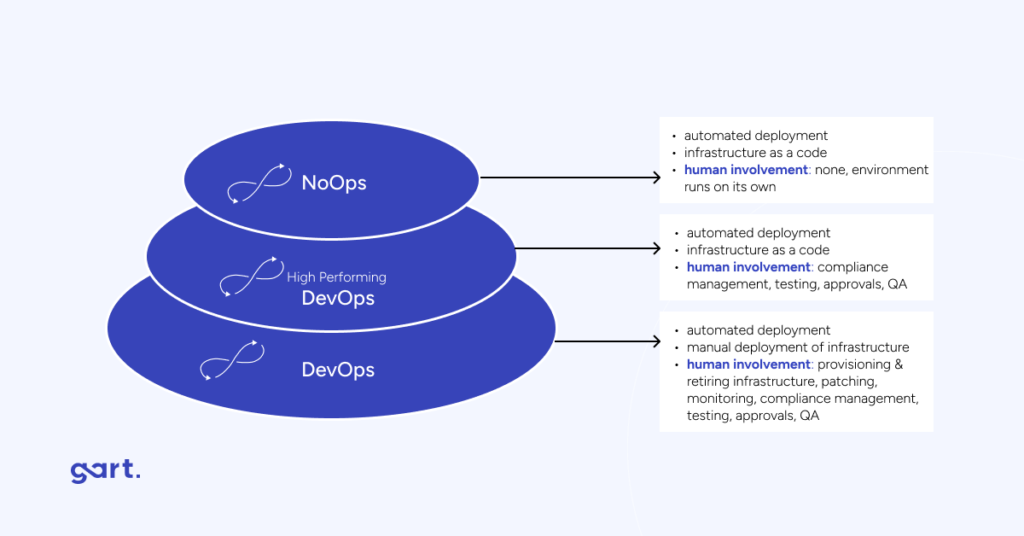
Challenge: Embracing the NoOps philosophy presents the challenge of striking a balance between automation and human oversight. Organizations must navigate this transition carefully, ensuring that while operations become more efficient, they don’t lose sight of essential human insights and decision-making capabilities. Achieving a harmonious blend of automation and human expertise is crucial for the successful implementation of the NoOps trend in DevOps practices.
DevSecOps
It’s important to note that DevSecOps is not a specific role or person, but rather a set of practices that focus on securing services within the cloud. Considering the complexity of integrating multiple services, it’s crucial to have security measures in place to protect sensitive data as it flows between them. These measures can include data encryption, role-based access control, and change management, just to name a few.
Balancing Simplicity and Efficiency
A prominent movement within the DevOps community is focused on discovering the perfect equilibrium between simplicity and efficacy. In the past, launching an application was an extensive process involving intricate infrastructure preparation, elaborate tool configuration, meticulous design documentation, and the setup of tool environments across multiple teams.
However, thanks to recent advancements, this process has become much more streamlined. With developers now able to simply create a repository and add their application code, while DevOps engineers add infrastructure as code to the same repository, the deployment process has significantly sped up. In fact, with the help of cloud platforms, the very next day a fully functional application can be up and running.
This approach allows for rapid start-ups by only requiring minimal actions to create an MVP or POC. While certain components, such as security, versioning, and thorough testing, may not be fully implemented initially, technological strategies enable the deployment of a functional application and basic infrastructure within a half day.
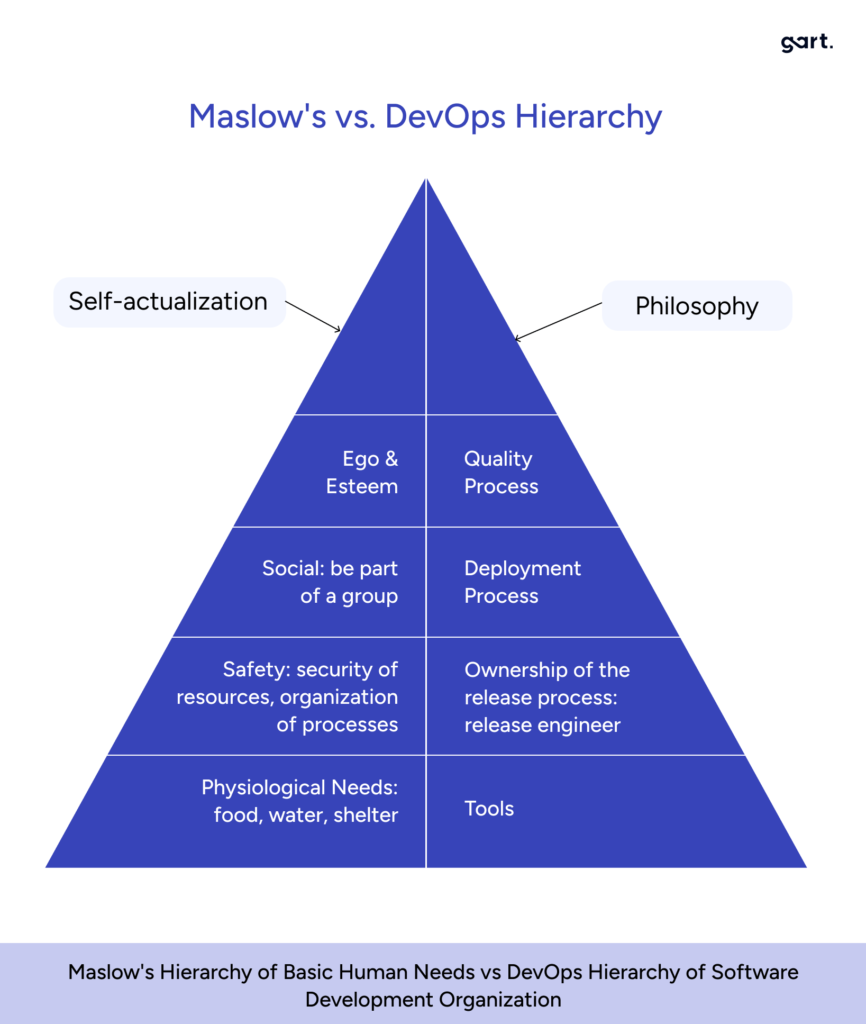
This can greatly lower the barrier to entry for development. The integration between development and infrastructure has greatly improved. Developers can easily incorporate pre-made libraries into their code, automating the creation of necessary infrastructure on platforms like AWS or Azure during the building process. This has greatly reduced the gap between development and infrastructure administration, resulting in a faster initial step, given a solid understanding of the process involved.
Conclusion
2024 promises to be a year of innovation and transformation in the DevOps sphere. Embracing these trends while tackling associated challenges will be the key to staying ahead in the ever-evolving tech landscape. Are you ready for the DevOps revolution?
See how we can help to overcome your challenges


